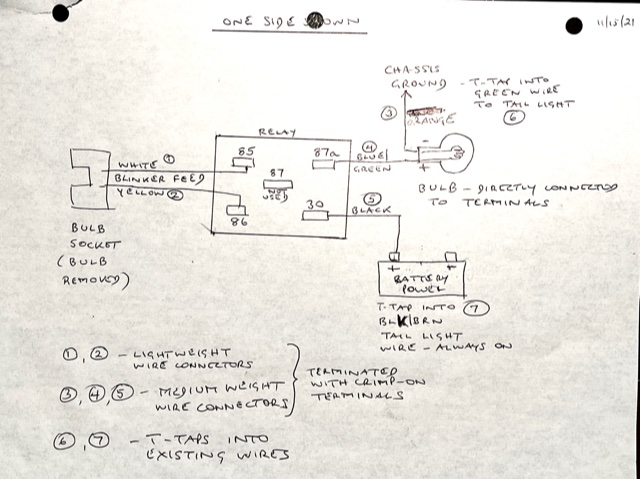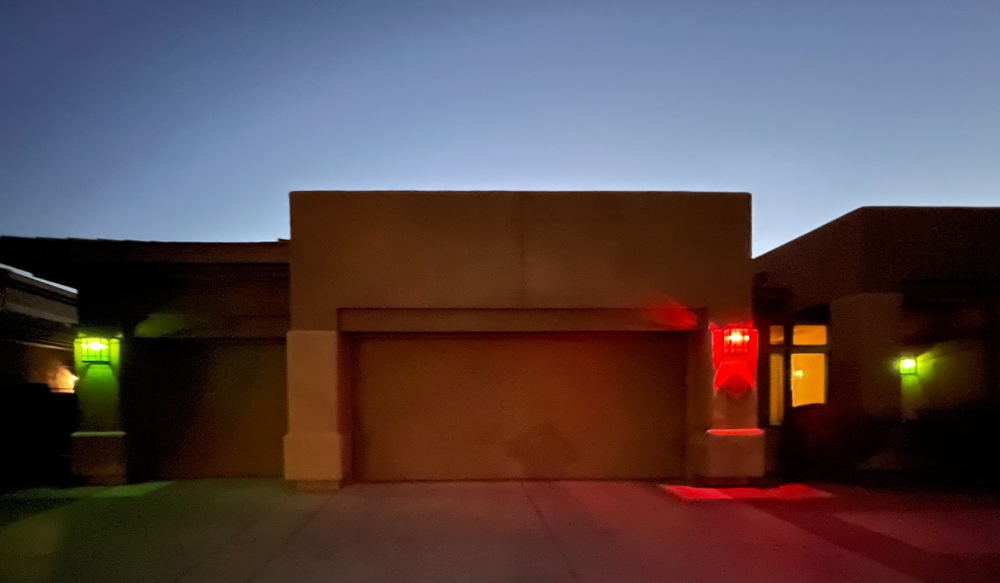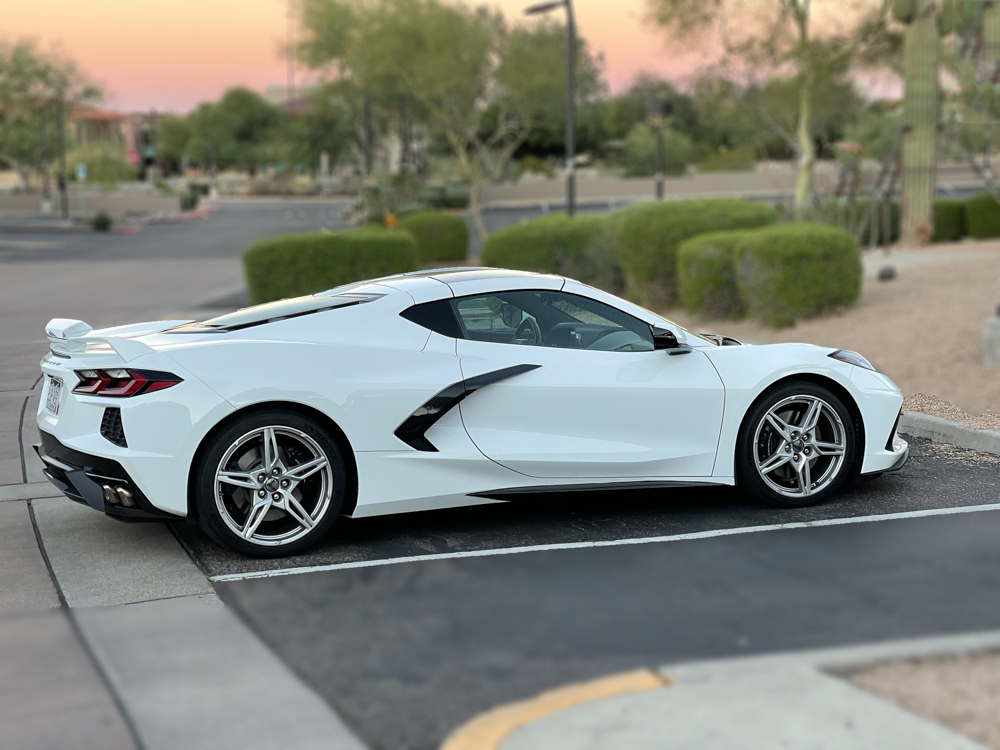Be seen, not hammered.

Running lights at work.
One of the great mysteries of the powered two wheel world is why manufacturers do not fit running lights. These are directional indicators which are kept on at all times, flashing when the directional button is activated.
Why do these matter?
The brains of car drivers are trained to look for two or three rear lights. Ride a motorcycle and all you have in the rear is a single license plate/red tail light and a stop light on braking. The triangulation effect is missing. That effect, as occupational psychologists will preach to you, means that two or three light sources are far more likely to garner attention than one, aiding in awareness and distance judgment. It’s why aircraft have three warning beacons – awareness and depth/distance perception.
And in the US red running lights are legal, yet motorcycle makers do not fit them. A bad decision by the accountants as a dead rider is not a repeat customer. Oh! well.
Yet running lights are easily added. You can have the kluge version of just adding LEDs, somehow powered from the chassis wiring. Or you can fit aftermarket sockets, as I have on my Airhead, to accept dual filament bulbs powering the second filament at all times to create running lights. However no such plug-and-play aftermarket sockets exist for Honda’s superb Silverwing maxi scooter and I do not like the thought of butchering the scoot’s bodywork.
But there’s a third elegant alternative and it requires that a ‘normally on’ relay is interposed between the electrical flasher feed and the single filament directional bulb. Appropriately wired, the relay will transmit full power to the directional bulb at all times, except when the directional switch is used, when the relay willl alternatively switch that bulb off and on. A single filament bulb now doubles as a running light and directional indicator.
The relays for my installation ran all of $15 and here is the schematic. This will work for all non-CANBUS circuits on any motorcycle, and is not nuclear physics to install:

Circuit layout.
I still need to change those amber bulbs for red ones, but I doubt that Constable Clod will care while he is deep in his donut and coffee. And here is that swap, with a low power use red LED replacing the hot incandescent bulb:

One side done. Constable Clod happy.






